The aim of the recently established European Wildlife Comeback Fund is to scale up keystone species reintroduction and population reinforcement across Europe. Over the next few months the fund will support a wide range of releases, with benefits for nature and people.
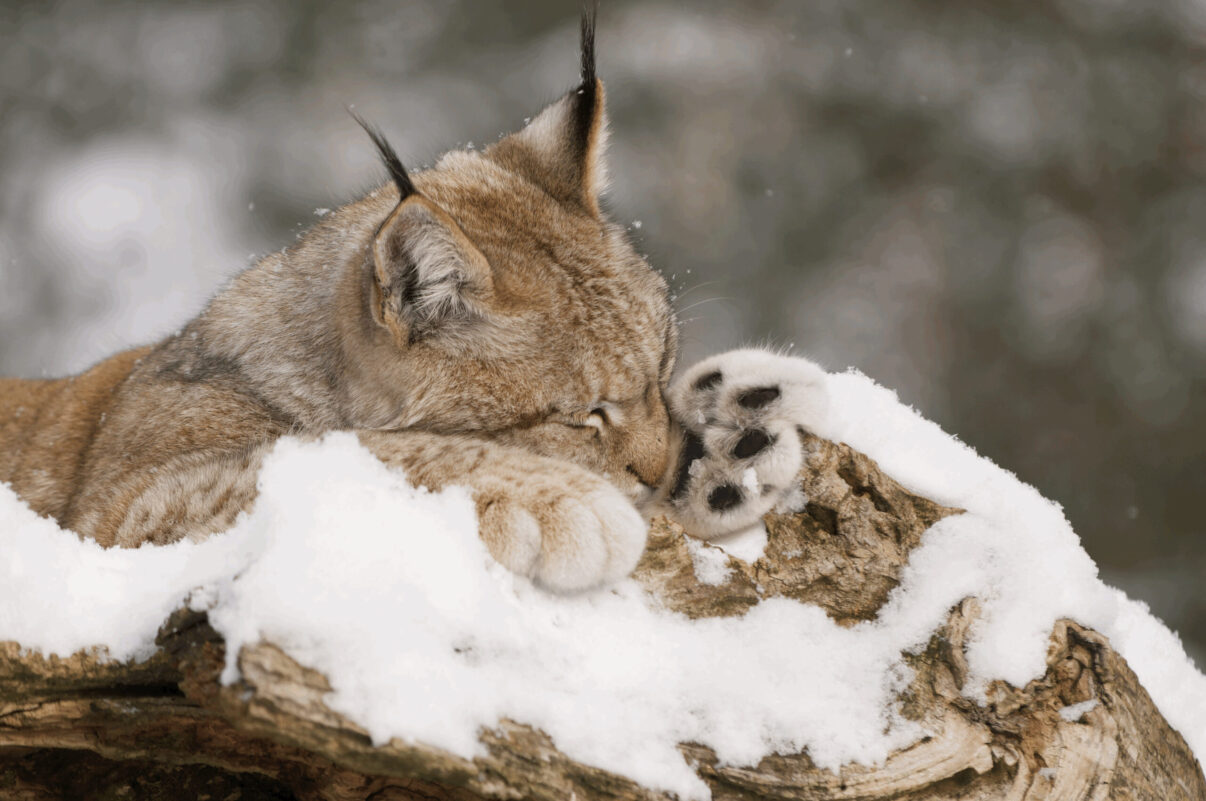
Enhancing natural processes
The first grants of the newly established European Wildlife Comeback Fund (EWCF) will see a wide range of animals released in multiple locations across Europe throughout the year and into 2024. Species involved include everything from red and fallow deer in the Danube Delta rewilding landscape in Ukraine and Eurasian lynx in northwest Poland to Bonelli’s eagles in Sardinia and dung beetles in southwest France.
The aim of Rewilding Europe’s European Wildlife Comeback Fund is to support wildlife comeback in Europe by enabling reintroductions in a proactive and flexible way. All reintroductions must follow IUCN guidelines, which include the stipulation that the cause of the original extinction be identified and eliminated before the reintroduction goes ahead. The fund has already received 1.5 million euros from partners, and aims to facilitate at least 30 wildlife comeback interventions or initiatives through grant disbursement.
“From big mammals to birds to invertebrates, I’m really happy that the EWCF is supporting the reintroduction of such a diverse range of species,” says Rewilding Europe’s Rewilding Manager Sophie Monsarrat. “The breadth of these releases really exemplifies the EWCF’s objectives: supporting the return of keystone species – not just as an aim in itself – but to restore natural ecological processes and boost ecosystem resilience.”
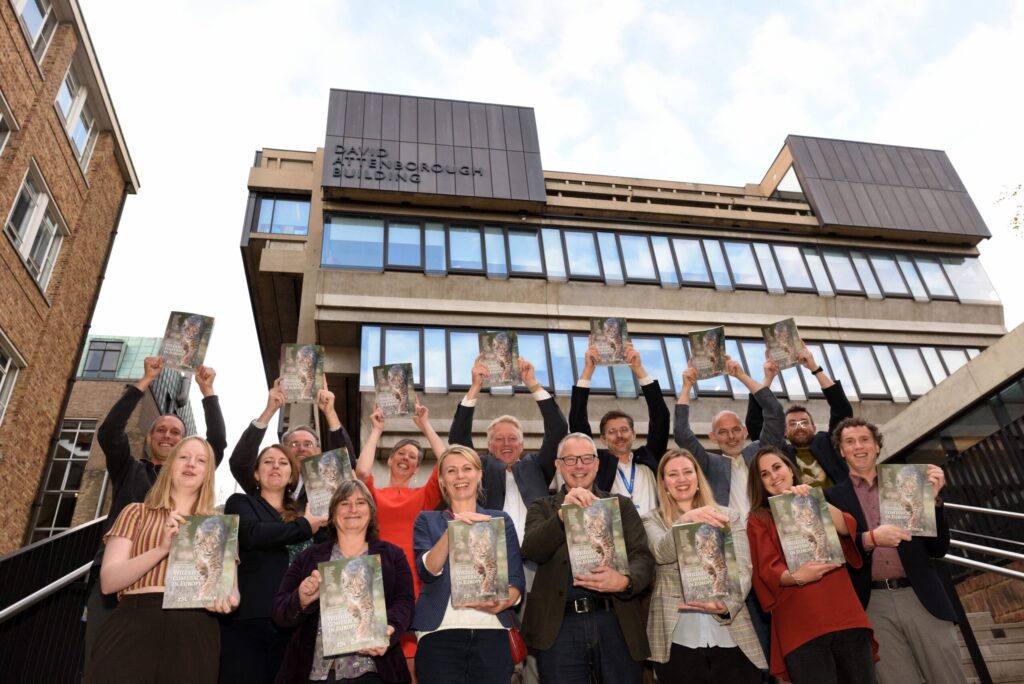
All creatures great and small
In total, grants from the European Wildlife Comeback Fund are supporting six upcoming releases. These are as follows:
- Red and fallow deer in the Danube Delta rewilding landscape, Ukraine
- Eurasian lynx in northwest Poland
- Dung beetles (scarabaeus laticollis) in southwest France
- Bonnelli’s eagles in Sardinia, Italy
- Water voles in Cornwall, UK
- Sorraia horses and roe deer in Sintra-Cascais Natural Park, Portugal
Fallow and red deer, Ukraine
In the early part of this year herds of 20 red and fallow deer will be released by the Rewilding Ukraine team on Stambulsky Island – a large island of around 6000 hectares located in the heart of the Ukrainian Danube Delta, where the delta meets the Black Sea. It is part of the transboundary Danube Biosphere Reserve, which is divided between Ukraine and Romania. Half of the EWCF grant has been used to purchase and transport the animals, and the remainder to construct a self-propelled barge to carry them to the island, and to buy radio collars.
The deer will help to create a biodiversity-rich, half-open mosaic landscape through their grazing and browsing, with meadows, pools and a diverse range of plants. They will also eat excessive vegetation that is susceptible to wildfire, and help to attract nature lovers.
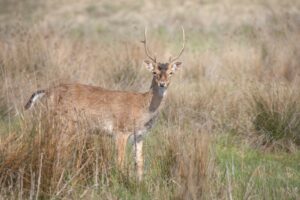
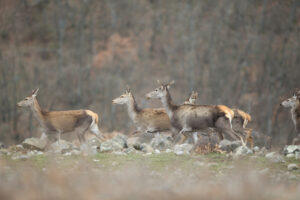
Eurasian lynx, Poland
With the support of the EWCF, a total of 17 Eurasian lynx will be released in the Polish province of Western Pomerania by the end of the spring. The reintroduction is being overseen by the Western Pomeranian Natural Society (ZTP), a Polish NGO which is also a member of Rewilding Europe’s European Rewilding Network. As a top predator, the Eurasian lynx is a keystone species, helping to maintain balanced, healthy populations of other animals and providing food for a range of scavengers.
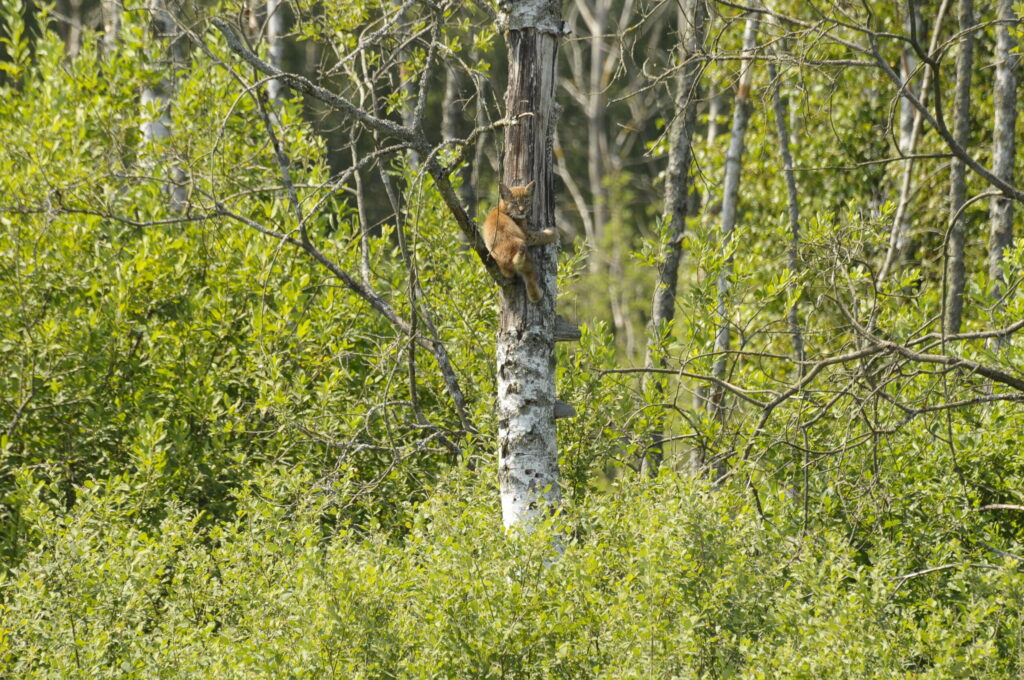
Dung beetles, France
With more than 250 different species distributed across world – of which around 60 live in Europe – the dung beetle is also a keystone species. Dung beetles are coprophagous insects that feed on faeces of other animals, playing a critical role in the recycling of organic matter in nature. Dung beetle populations are declining in many places – the main threats to the insects are habitat loss due to agriculture, chemical contamination, invasive species, and climate change.
An EWCF-supported reintroduction in southwest France will see the dung beetle Scarabaeus laticollis reintroduced at two sites where the species became locally extinct in the 1960s. Overseen by French NGO Fédération SEPANSO (Society for the Study, Protection and Management of Nature in the South-West), which is also a member of the European Rewilding Network, the release programme is scheduled to begin in the spring, and will last for three years.
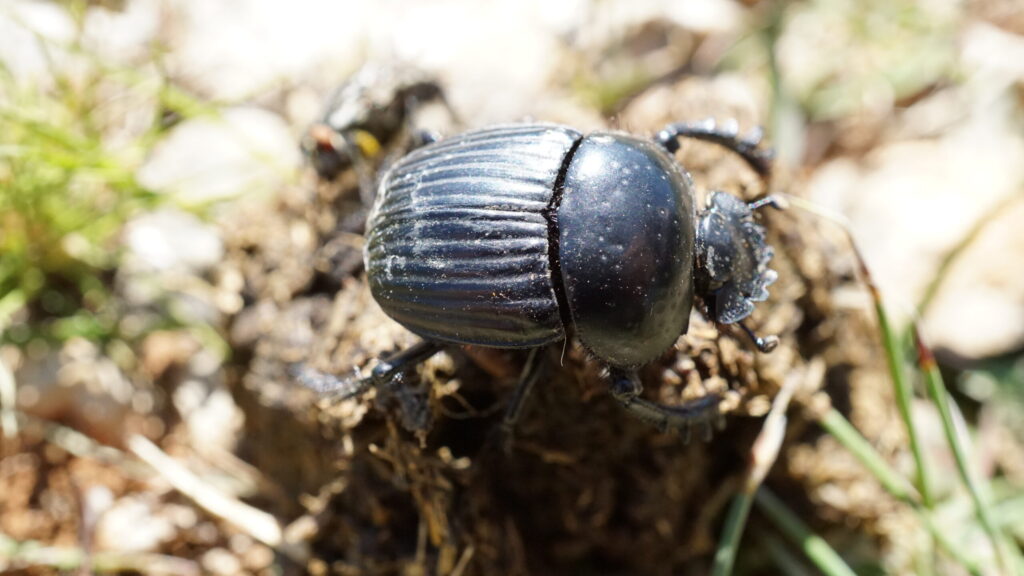
Bonelli’s eagle, Italy
Despite its widespread geographical range and IUCN classification as a species of least concern, the Bonelli’s eagle has declined dramatically in many places, including almost all of its European distribution. Reasons for this decline include habitat loss, collisions with power lines and pylons, and persistent persecution. The species is believed to have become locally extinct on the Italian island of Sardinia in the 1990s.
Overseen by partners ISPRA (the Italian National Institute for Environmental Protection and Research), together with the Italian governmental forestry agency FORESTAS and Spanish NGO Grefa, the EWCF-supported reintroduction on Sardinia will see a number of birds sourced from Spain – both from the wild and from a captive breeding centre – with eventual releases scheduled for the late spring and early summer. In addition to the birds themselves, the grant will also be used for monitoring and food provision in the pre-release aviary. The eagles will act as a keystone species on the island, enhancing food webs and helping to control populations of rabbits and smaller birds.
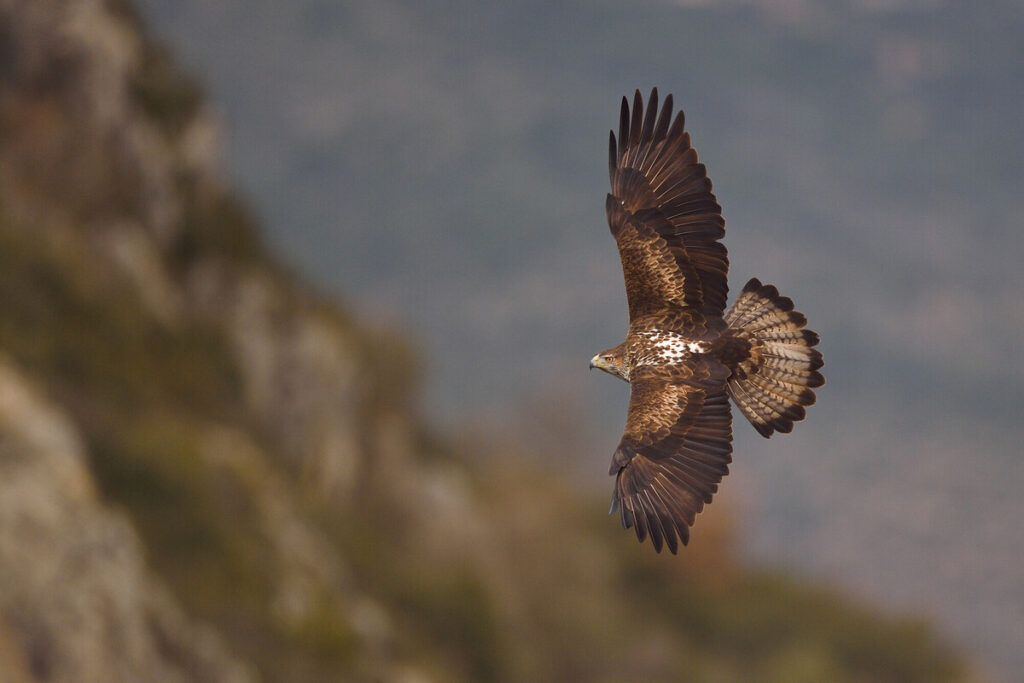
Water voles, UK
Water voles are keystone species in that they help to diversify wetland plant communities through browsing and root and seed dispersal. Where common they form an important food source for a range of predators, while their burrows are used by amphibians and reptiles.
Lead by Kernow Conservation, the EWCF-funded reintroduction will see two batches of around 100 voles released along the Cober Valley in the county of Cornwall in the UK – one in September 2023, and the second in June 2024. The grant will also be used to monitor American mink – an invasive species in the UK. Predation by mink, as well as habitat loss and pollution, have seen the UK water vole population decline by 95% over the course of the twentieth century.
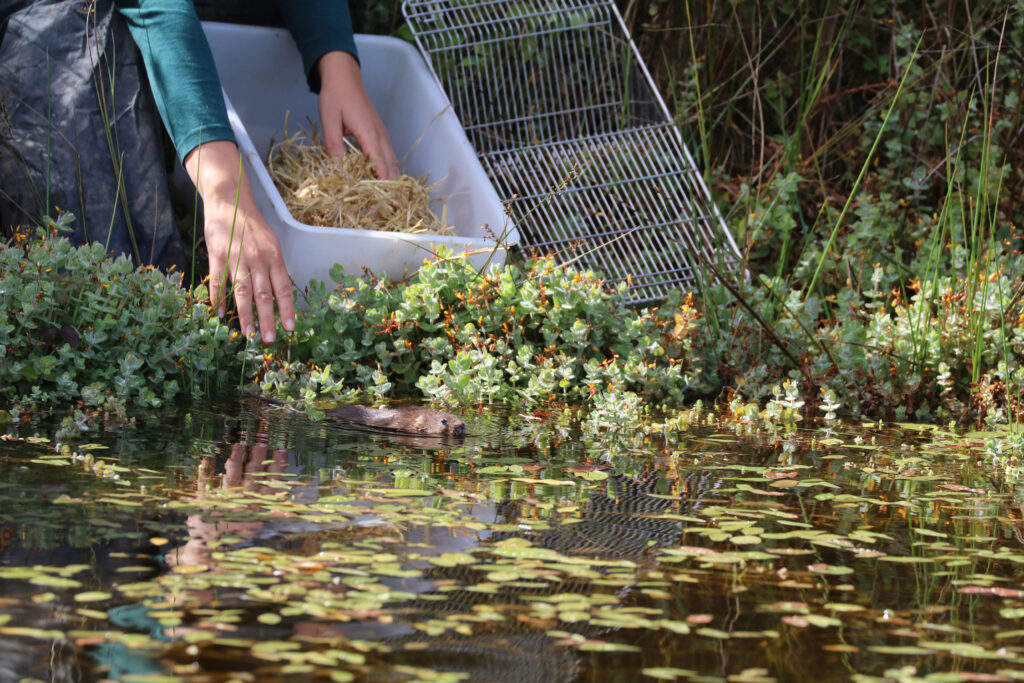
Sorraia horses and roe deer, Portugal
The Quinta do Pisão rewilding initiative, which is part of the Sintra-Cascais Natural Park and a member of the European Rewilding Network, is located just outside Lisbon. Ecological restoration of this former agricultural land includes efforts to enhance natural grazing, with nature-based tourism and the production of local products an increasingly important source of revenue. An EWCF grant will enable Rewilding Europe to release and monitor three Sorraia horses (March 2023 release) and four roe deer (November 2023 release) in Quinta do Pisão, with grazing by the animals helping to enhance biodiversity and reduce the risk of catastrophic wildfire. It will also finance extension of the Cascais rewilding area to increase landscape connectivity.
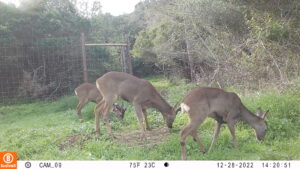
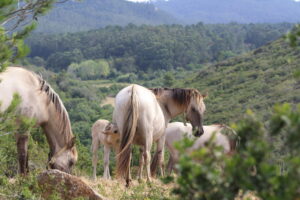
Scaling up wildlife comeback
Wildlife reintroductions are complex, which means they typically face many challenges and take a long time to prepare. This often makes it difficult to synchronise the timing of available funding with the timing of the eventual release.
The agile setup of Rewilding Europe’s European Wildlife Comeback Fund is designed to support wildlife comeback in a convenient and flexible way. Rewilding Europe invites other initiatives working to reintroduce keystone species in European landscapes to consider applying for an EWCF grant.
Those interested in contributing to wildlife recovery in Europe can support wildlife comeback with an online donation. If you want to invest in the European Wildlife Comeback Fund with more than 50.000 euros, we would love to get in touch with you personally.
The European Wildlife Comeback Fund has been made possible through the financial support of Arcadia (a charitable fund of Lisbet Rausing and Peter Baldwin) and Karl and Astrid Schefer, the founders of Delinat (Wein aus reicher Natur and pioneers in organic wine growing (Switzerland)) and multiple online donations.
Want to know more?
